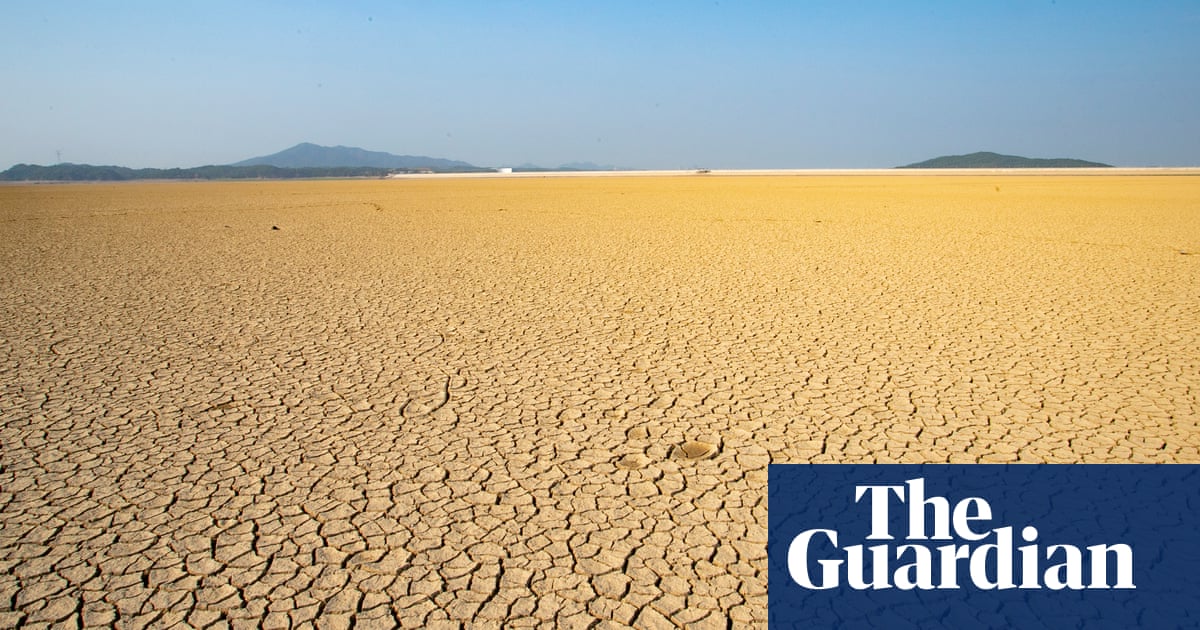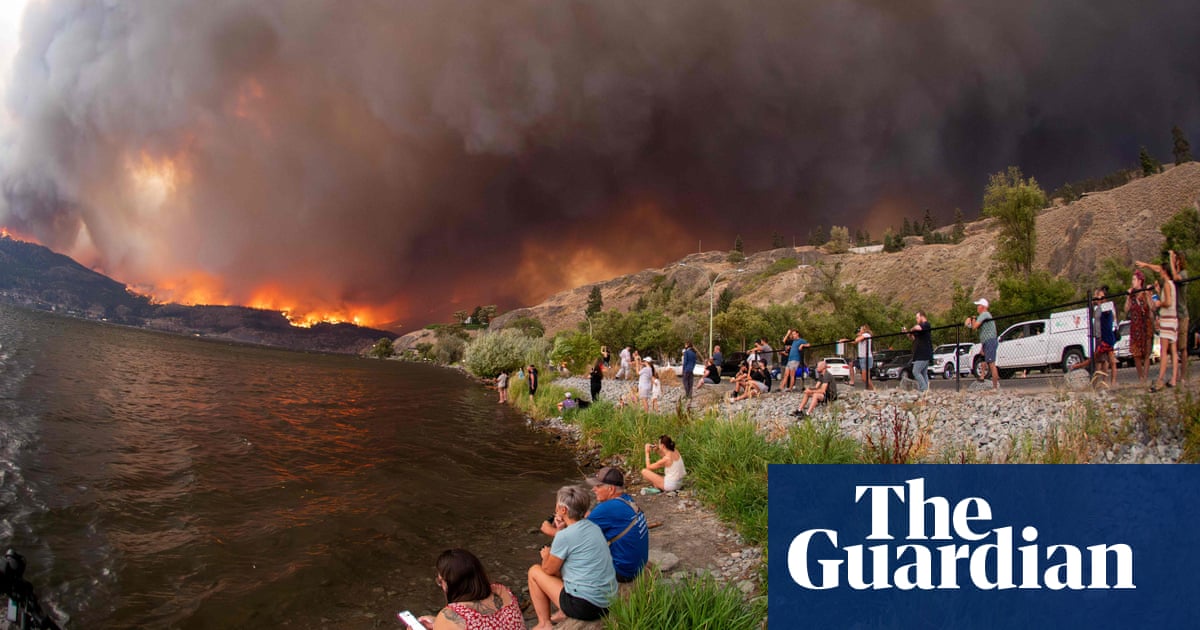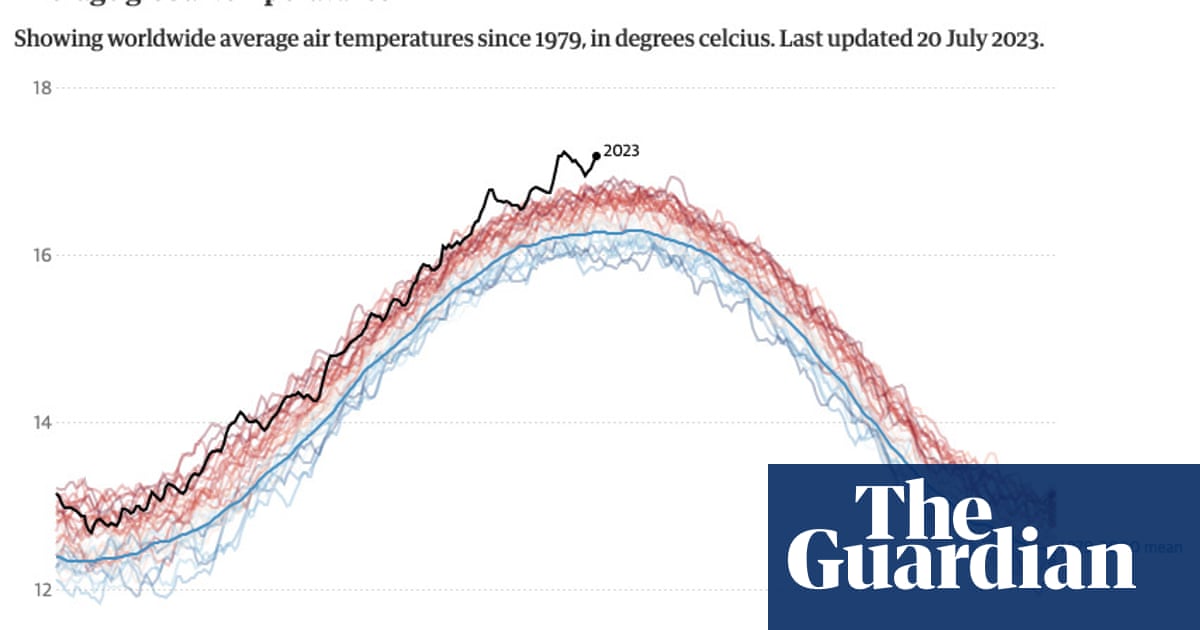
Relentless drought in California, extreme rainfall in the UK, record heat in China – some of the most severe weather events that have occurred around the world in the past few years were made far more likely due to the climate crisis, new research has found.
The analysis of extreme events in 2021 and 2022 found that many of these extremes were worsened by global heating, and in some cases would have been almost impossible in terms of their severity if humans had not altered the climate through the burning of fossil fuels.
“The extreme nature of these events is very alarming,” said Stephanie Herring, a climate scientist at the US National Oceanic and Atmospheric Administration (Noaa).
“We need to understand if these events are signs that things are getting hotter faster than we had expected. We know extreme heat is going to get worse, and additional research will help us better quantify future change.”
The fingerprint of climate change is being identified across the planet. The risk of extreme drought across California and Nevada was made six times worse by the climate crisis and a strong periodical La Niña climate event from October 2020 to September 2021, while, conversely, extreme rainfall that deluged parts of the UK in May 2021 was 1.5 times more likely due to global heating.
A severe hot spell in China in February 2021 was made between four and 20 times more likely because of human-caused climate change, while acute drought in Iran, which it experienced in 2021, is now 50% more likely because of the greenhouse gases humanity has pumped into the atmosphere.
A swath of other severe impacts can be attributed, at least in part, to the influence of the climate crisis, including the weather that caused a dangerous wildfire in Cape Town, South Africa, in 2021 to be 90% more likely than if we had never heated up the planet and even the persistent cloudiness over the Tibetan plateau that reduced vegetation growth, caused, researchers say, by elevated global temperatures along with abnormal winds and localized pollution.
The compendium of research, presented by Noaa at a conference on Monday, draws together some of the latest examples of climate attribution, where scientists have managed to pinpoint the influence of human-induced climate change upon individual weather events and disasters.
Previously, Herring said that scientists were very reluctant to talk about the climate change influence upon discrete events, preferring a more general probabilistic framing, but that this messaging has “evolved over time as the research has increased” into more exact attribution methods.
Using increasingly powerful climate models, along with historical observations, scientists are now able to provide more a precise, and rapid, assessment of the influence of the climate crisis on certain disasters. The heavy rain that caused devastating floods in Nigeria, Niger and Chad last year, for example, was made about 80 times more likely by the climate crisis, one study has found.
Herring warned that many of the temperatures now being seen are well beyond any modern historical norms and are pushing humanity into a new, dangerous state. A heatwave in South Korea in October 2021, for example, was so drastic, at almost 7F higher than normal, that it would be considered an event that would only happen every 6,250 years. But the climate models predict that this will become the new normal for South Korea by 2060 if planet-heating gases are not radically cut.
The same fate may well await the normally temperature Pacific north-west of the US, where around 600 people died as a roasting heatwave pummeled the region in 2021. A subsequent study found the climate crisis made the heatwave 43 times more likely.
“Human-caused climate change is an extreme disruption of the Earth system,” said Paul Higgins, associate executive director of the American Meteorological Society.
“We should expect it to lead to more extreme events, as this new research helps to show. We must do what we can to help people, and all life, thrive in spite of this danger.”












